A smart farm starts with a smart design, and new technologies can help us create a plan that maximizes efficiency and encompasses sustainability, all while keeping our unique land restrictions in mind. Regardless of the crop(s) we decide to grow, taking the time to ensure our garden will be able to operate at peak performance will prove beneficial. The future of agriculture relies on efficiency, and with a little brainpower and help from technology, even small, personal gardens can enjoy the advantages of a well-designed cultivation space.
Identifying what sun exposure your garden will receive is the first step to creating an efficient design. If the crops you wish to cultivate need more sun than your current space offers, identifying where your shadow issues lie and re-thinking your layout could help solve the problem. Start by tracking the sun’s position in the sky and calculating where it will be throughout the cultivation season with apps like Lumos. From there, altering the planting spaces may be necessary to capture as much sun as possible. Where you will have a lot of shade, consider planting species that enjoy partial sun. You could check out native flowering plants that attract pollinators for filling in those spaces.
Drainage is another important aspect that could save you time, money, and resources as locating the natural drainage channels on your property could lessen the amount of hand-watering needed. If the water from spring rains naturally flows to a specific area of your garden, plant choices that crave lots of water would go well there. Or, if your local laws allow, collecting this rainwater for use at a later date can also be a sustainable way to water your plants. Satellite imagery and topographic apps, like Topo GPS, can help you map out the unique ups and downs of your land and assist your designing process. Satellites can also help when it’s time to control pests. Grid your space into sections with the help of satellite or aerial photography, and when you notice a pest issue during a scouting session, apply smart-spraying tactics to that area to sustainability control their populations.
For cannabis in particular, choosing genetics that desire your climate is essential. While sun exposure is something you may be able to control, your climate isn’t. Evaluating past data and tracking your hyper-localized weather forecasts will be important when deciding which plant species will call your garden their home. You could even set up a personal weather station on-site to help with future cultivation cycles. Depending on the type of garden you want, companion planting could be an efficient use of your space as well. Have you tried planting a “Three Sisters” garden section before?
Lastly, taking great care to ensure your soil is healthy for planting will be a deciding factor for your overall success. Plants of all kinds want a healthy soil to grow in, and using your compost to rebuild it each year is a sustainable way to keep nutrients rich. However, you may want to take it a step further with a soil analysis to see what’s still lacking. After your garden design is gridded into multiple cells, take a small soil sample from each and send it to a lab for testing. They can help you identify what amendments should be added to start your crops off right. Good, healthy soil is necessary for an efficient garden, and taking the time to rebuild it each year is beneficial for both the environment and your bank account.
Do you have other garden design tips you’d like to share with the community? If so, drop them in the comments. Sharing your ideas helps us all succeed!
If you’re a licensed bulk cannabis buyer looking for sustainably grown craft cannabis, Giving Tree Farms has the buds you need. Reach out to us by filling out a Wholesale Account Form. We’ll be in contact shortly.

